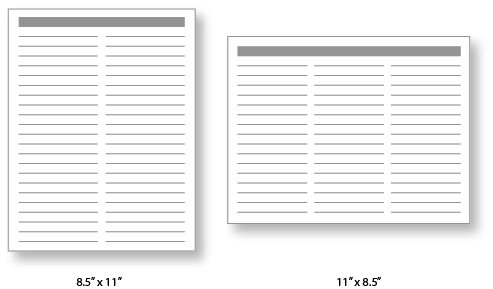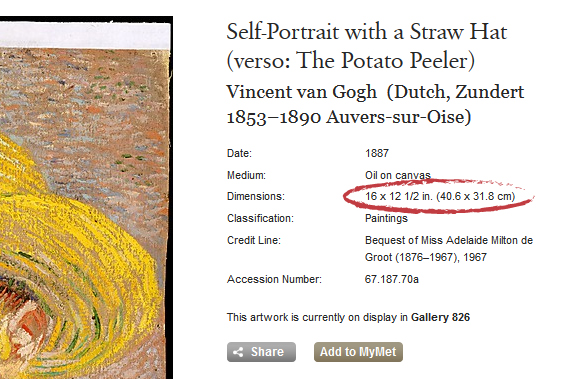What's Your Orientation? (File Dimensions)
In writing these Wednesday posts, I want to try and educate my clients, potential clients, or even just people who stumble across this blog. I think being informed about anything helps alleviate
the worry of the unknown. I want my clients to have an understanding of what I do and be informed about design so that they know what I'm talking about on a project and not just assume what they think something means. Side note to the topic of this post, if as my client I ever say something that you aren't 100% sure what I mean, please ask.
My design pet peeve... File Dimension!
When it comes to creating files I have a little pet peeve. It's not something I ever expected my clients to have really think about; They get told from a newspaper or supplier that the art dimensions are 4x6. They probably just assume, and rightfully so, that by giving me those dimensions I'll know what to design. It should be a fair assumption. In the design world dimensions should always be listed horizontal x vertical (vertical because the assumption is you are looking at your screen). Listing or stating the dimensions of a file should be something that is standardized and most industry professionals do recognize that when listing files dimensions you list the horizontal then the vertical. Unfortunately not everyone follows. For a while I just thought it
was the standard and everyone else did to. However, every once in a while there is a print shop or newspaper who gives the dimensions vertical first. There isn't much that can get around it, other then just confirming orientation when receiving dimensions. But I thought it would be good to educate my clients so that they understand the information they've been given and know what to expect too.
In plain english...
If the dimensions of a file are stated to be 8.5" x 11" (standard letter size), then that file is portrait orientated. If the dimensions are stated as 11" x 8.5", then that file is horizontal orientated.

In looking up info about this to make sure I wasn't actually the one who was messing everyone else up, I found that this a common issue. Most people confirm that this is the "standard" way it
should be. I even found an interesting link that shows that even big companies that should know better like, The
Met Museum in New York get it wrong.

Unfortunately, it's not a problem that can just be solved by this post (I don't think the MET cares what I think on this issue). But hopefully by posting about this, you'll be aware of the implications of the dimensions you may receive. So if you ever receive dimensions that don't seem to match what you think they were going to be for the orientation, make sure you ask.
If you found this helpful at all please rate the post with a star. Till next time...
 In looking up info about this to make sure I wasn't actually the one who was messing everyone else up, I found that this a common issue. Most people confirm that this is the "standard" way it should be. I even found an interesting link that shows that even big companies that should know better like, The Met Museum in New York get it wrong.
In looking up info about this to make sure I wasn't actually the one who was messing everyone else up, I found that this a common issue. Most people confirm that this is the "standard" way it should be. I even found an interesting link that shows that even big companies that should know better like, The Met Museum in New York get it wrong.
 Unfortunately, it's not a problem that can just be solved by this post (I don't think the MET cares what I think on this issue). But hopefully by posting about this, you'll be aware of the implications of the dimensions you may receive. So if you ever receive dimensions that don't seem to match what you think they were going to be for the orientation, make sure you ask.
If you found this helpful at all please rate the post with a star. Till next time...
Unfortunately, it's not a problem that can just be solved by this post (I don't think the MET cares what I think on this issue). But hopefully by posting about this, you'll be aware of the implications of the dimensions you may receive. So if you ever receive dimensions that don't seem to match what you think they were going to be for the orientation, make sure you ask.
If you found this helpful at all please rate the post with a star. Till next time...
